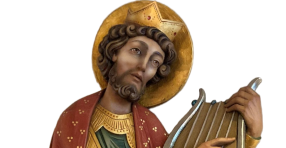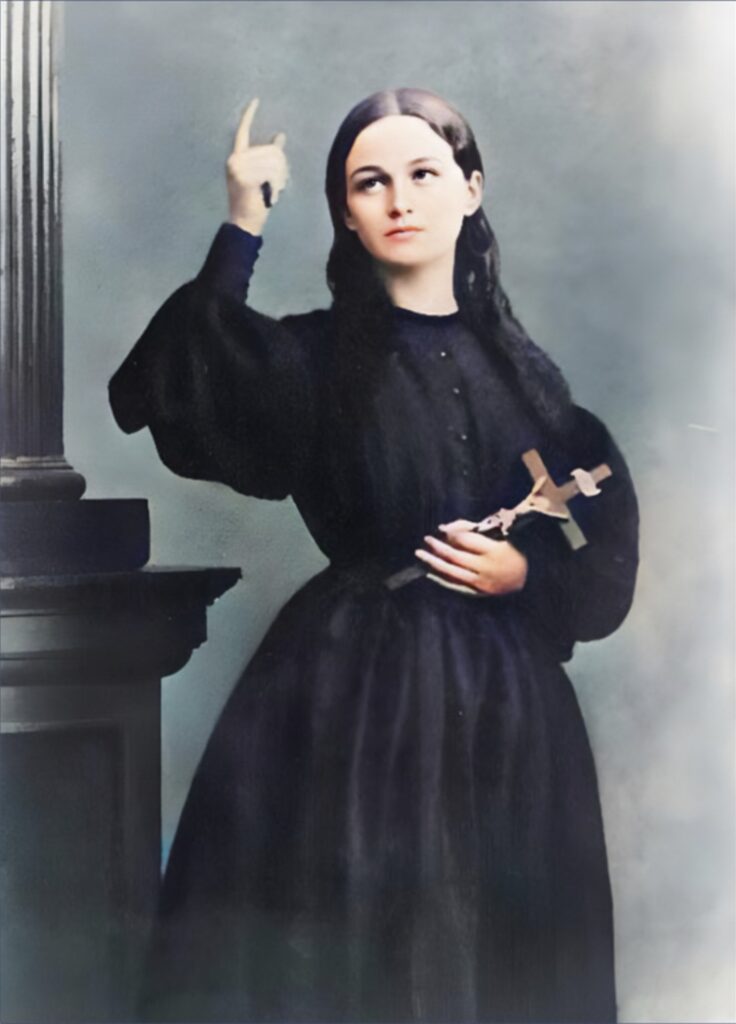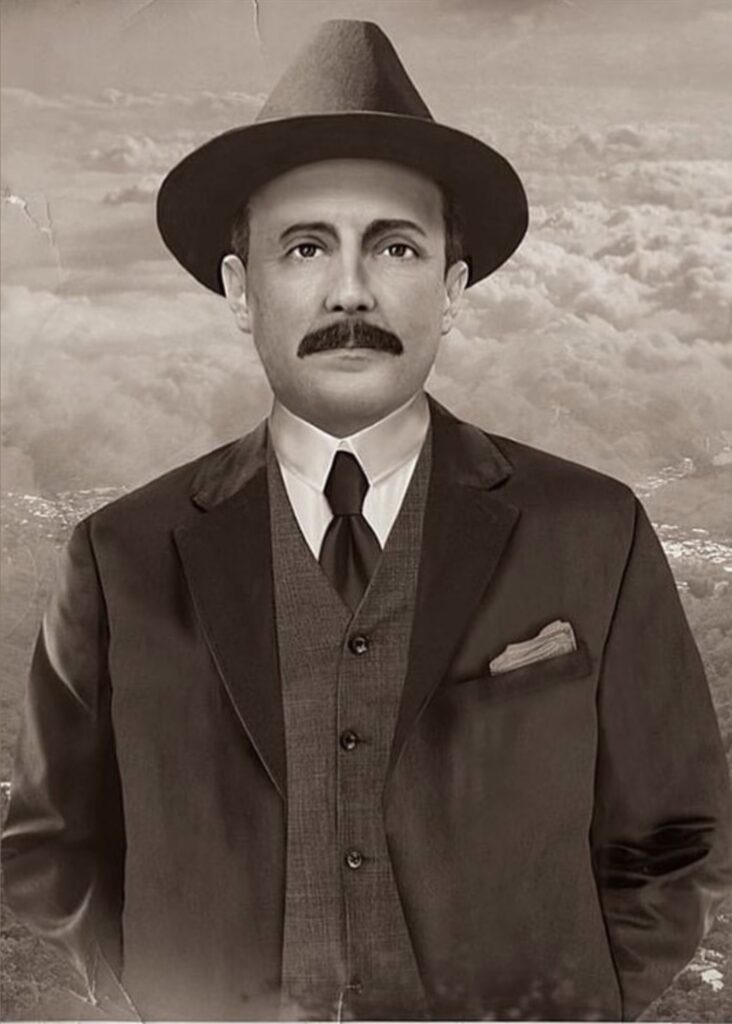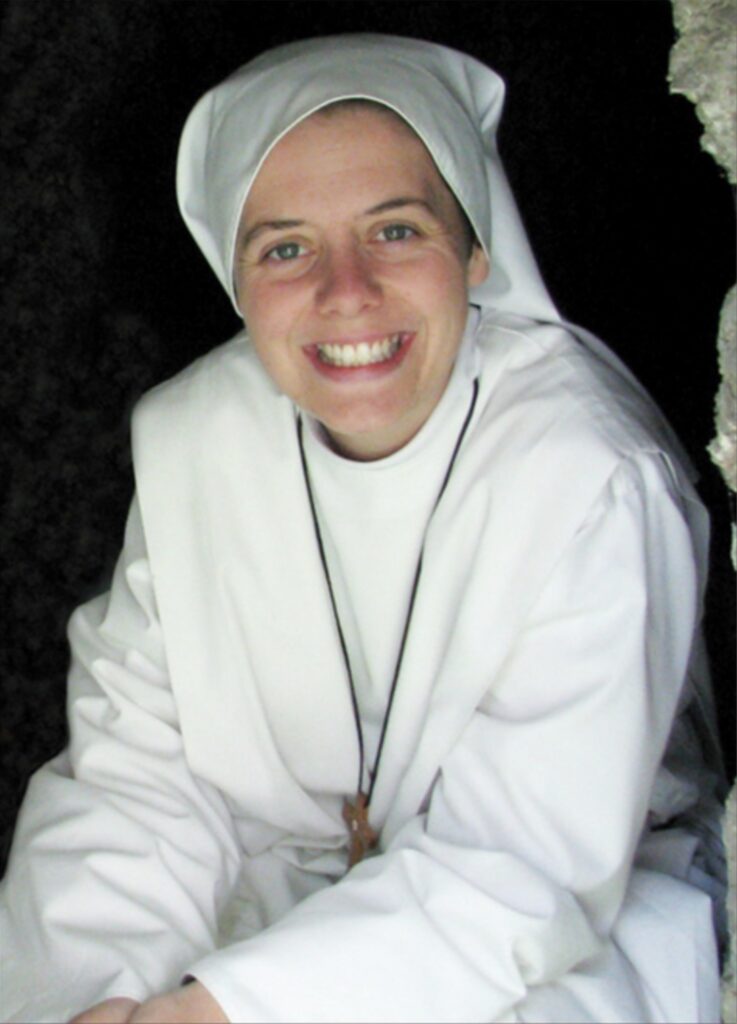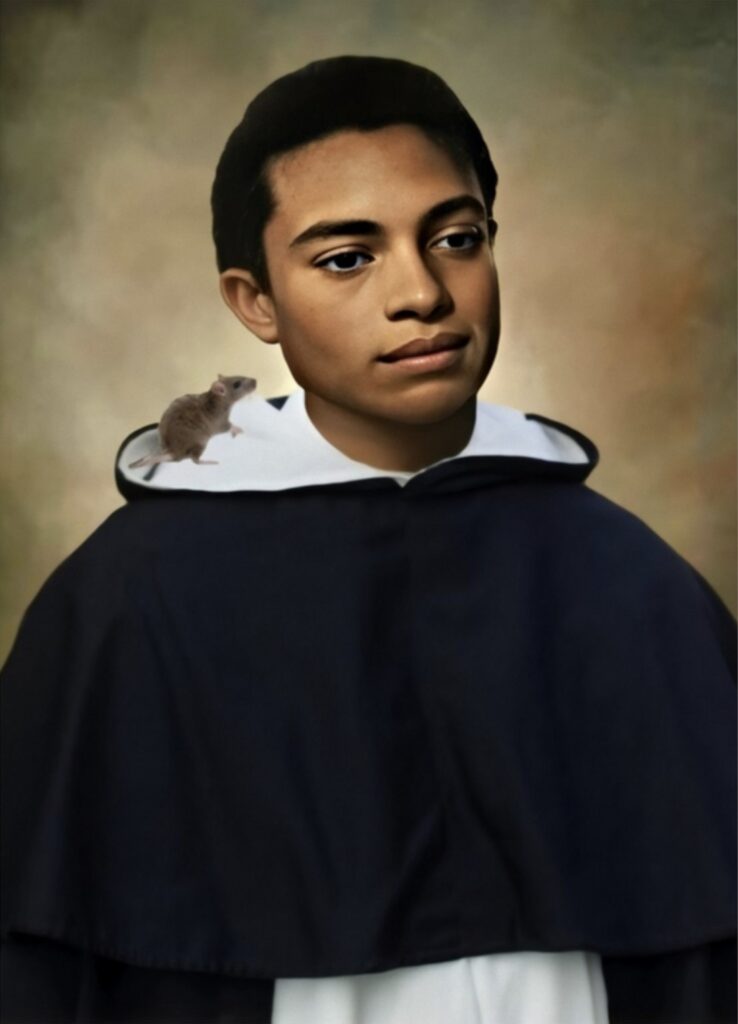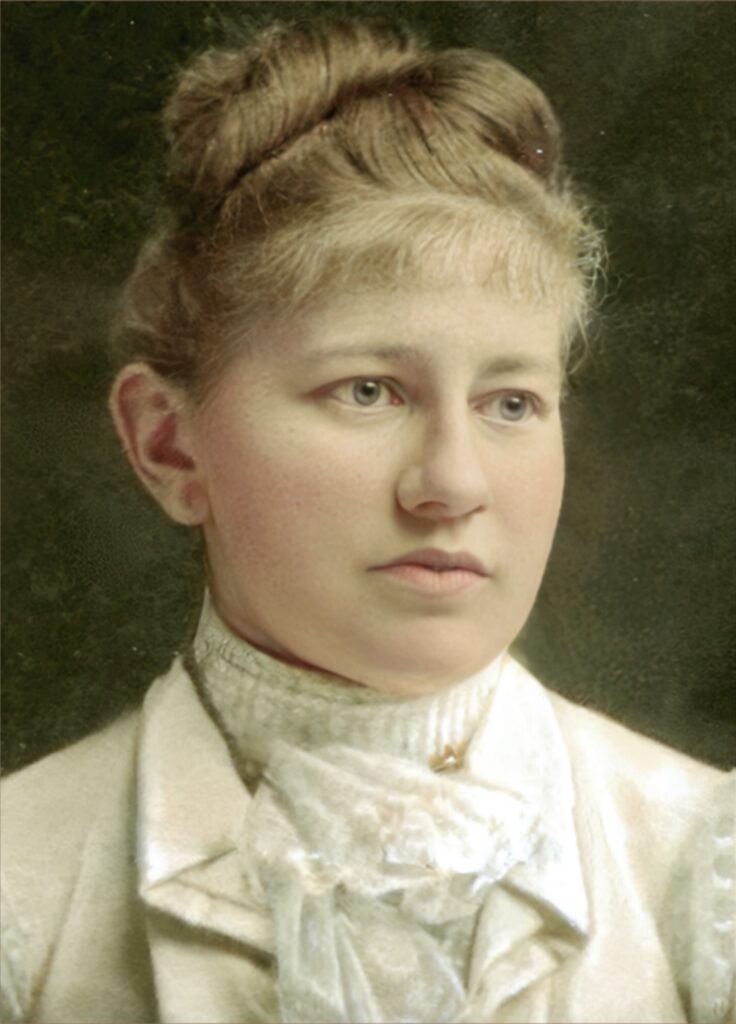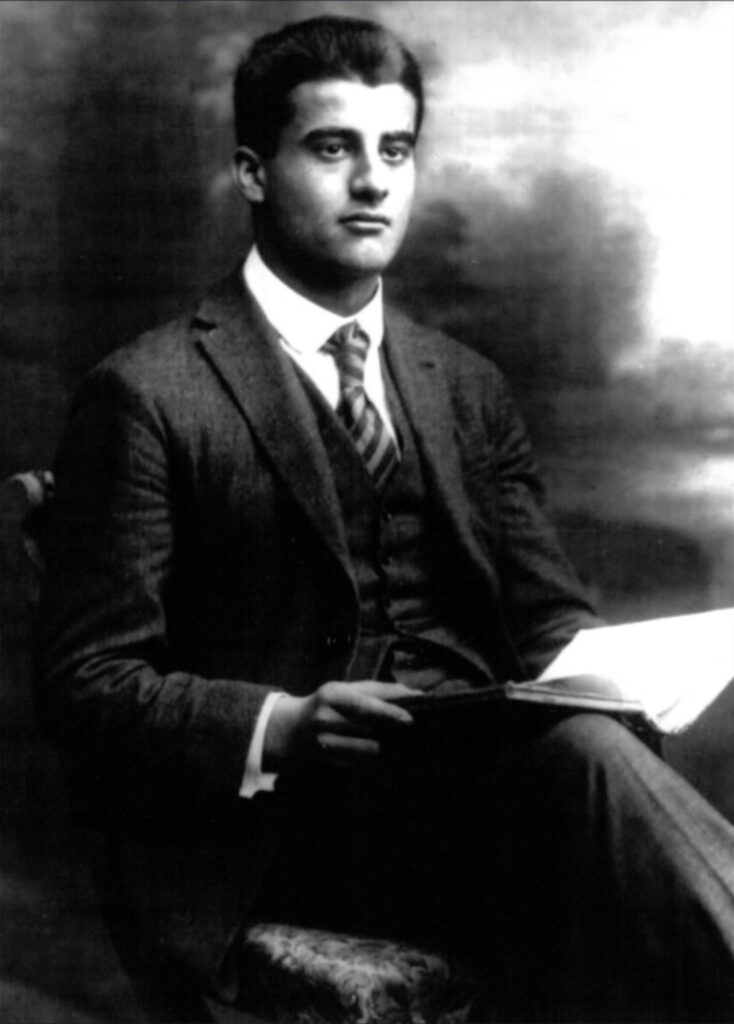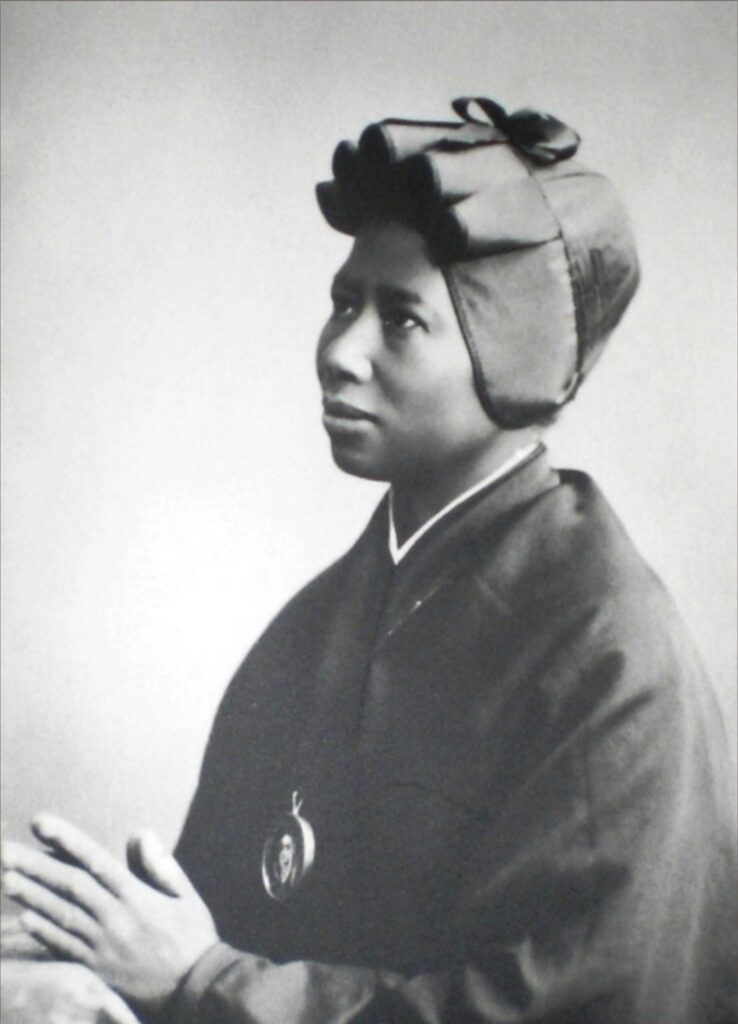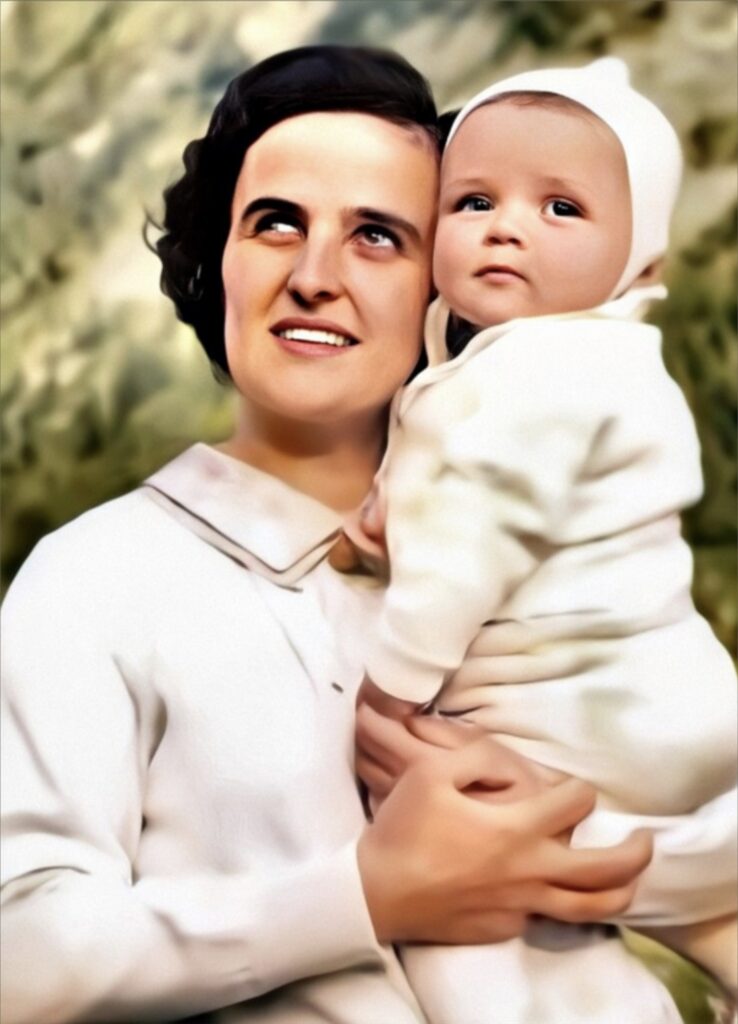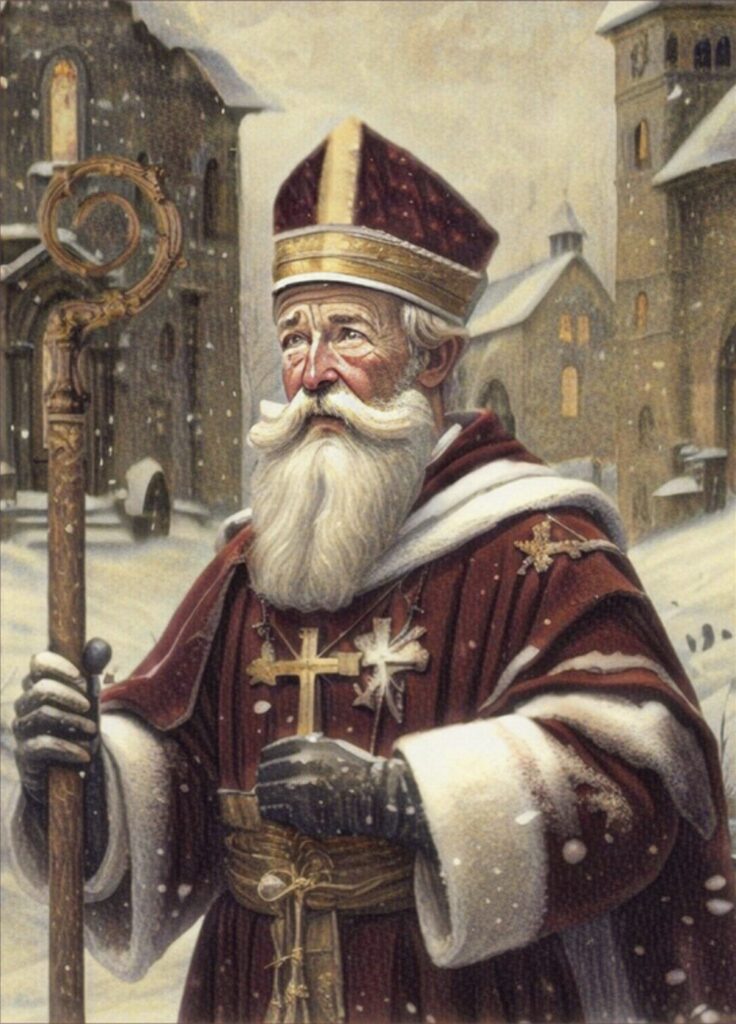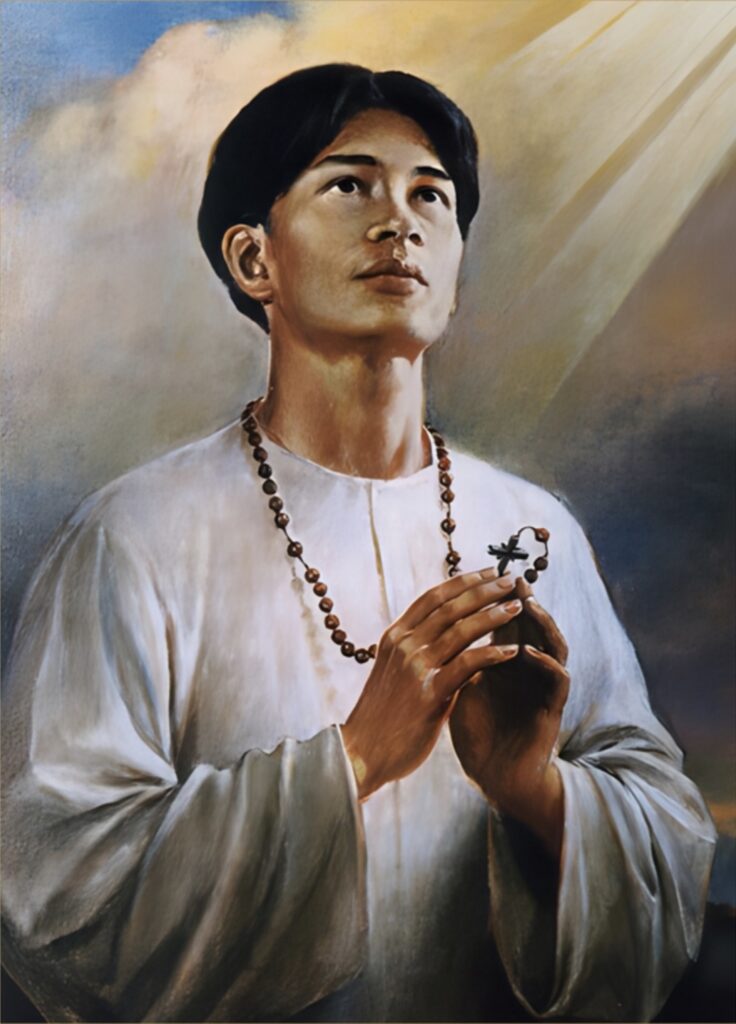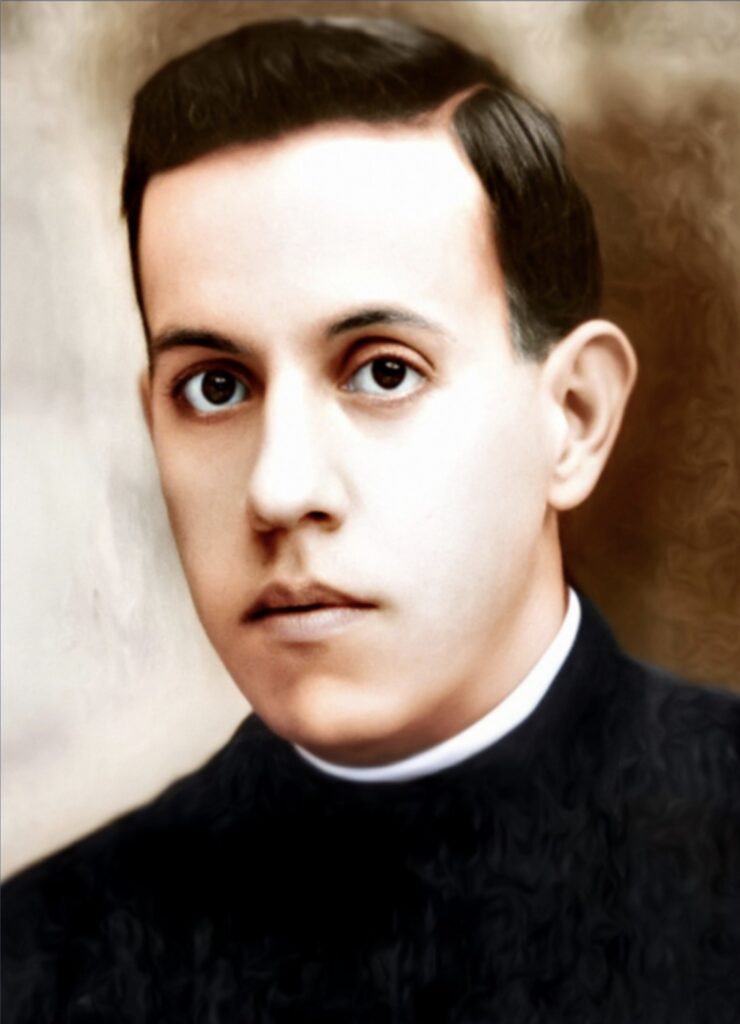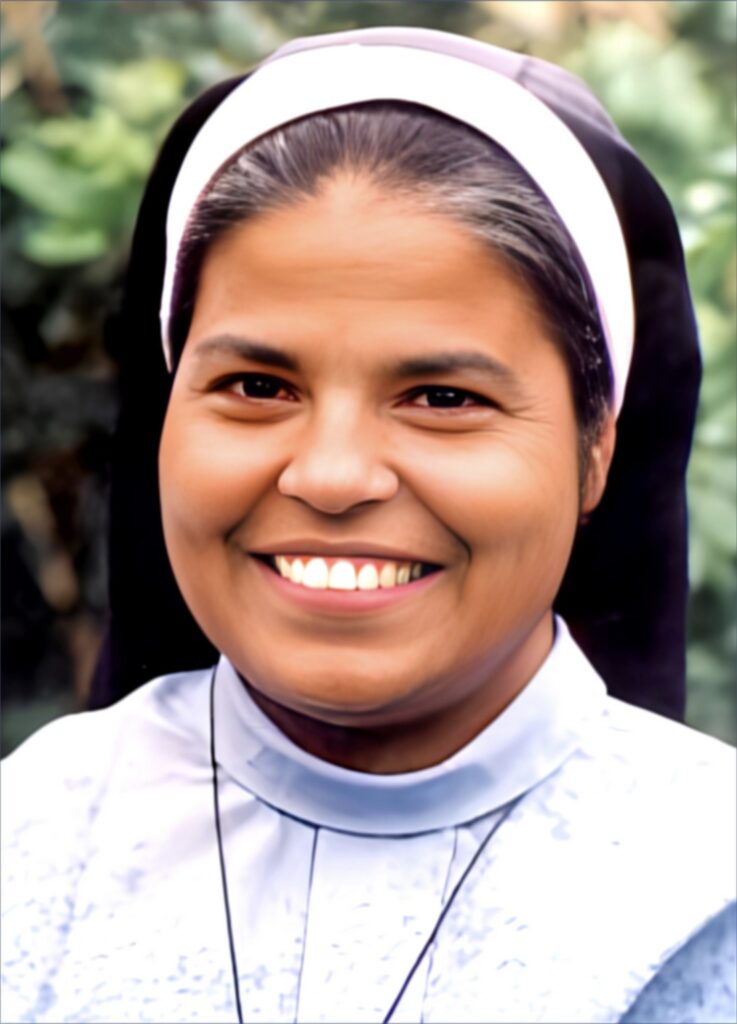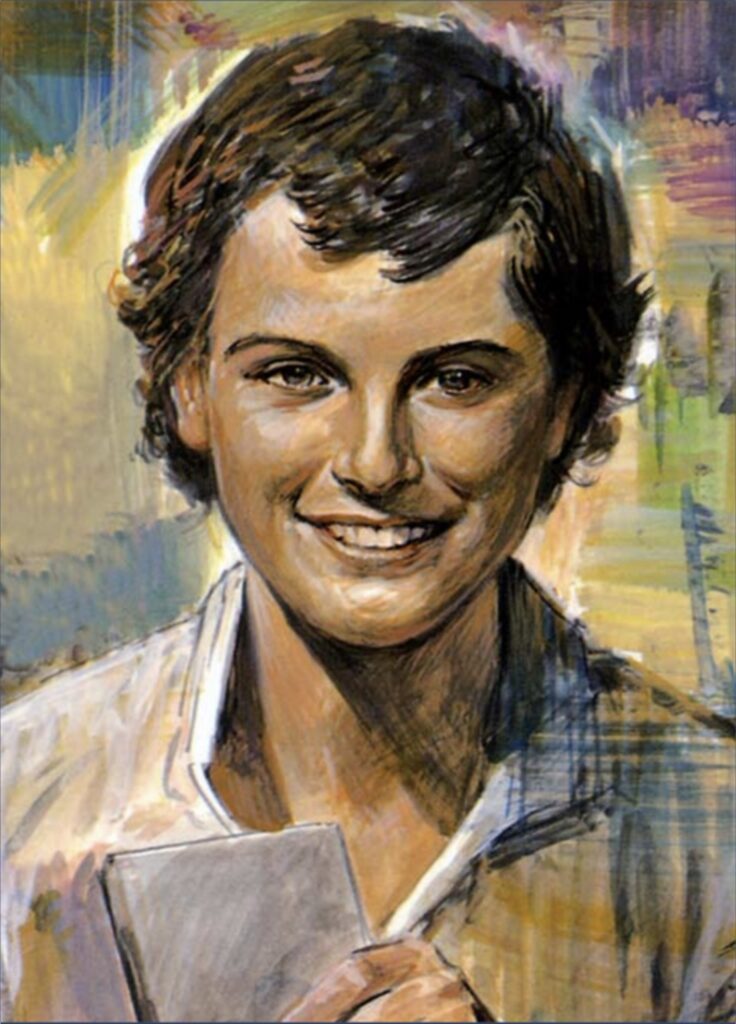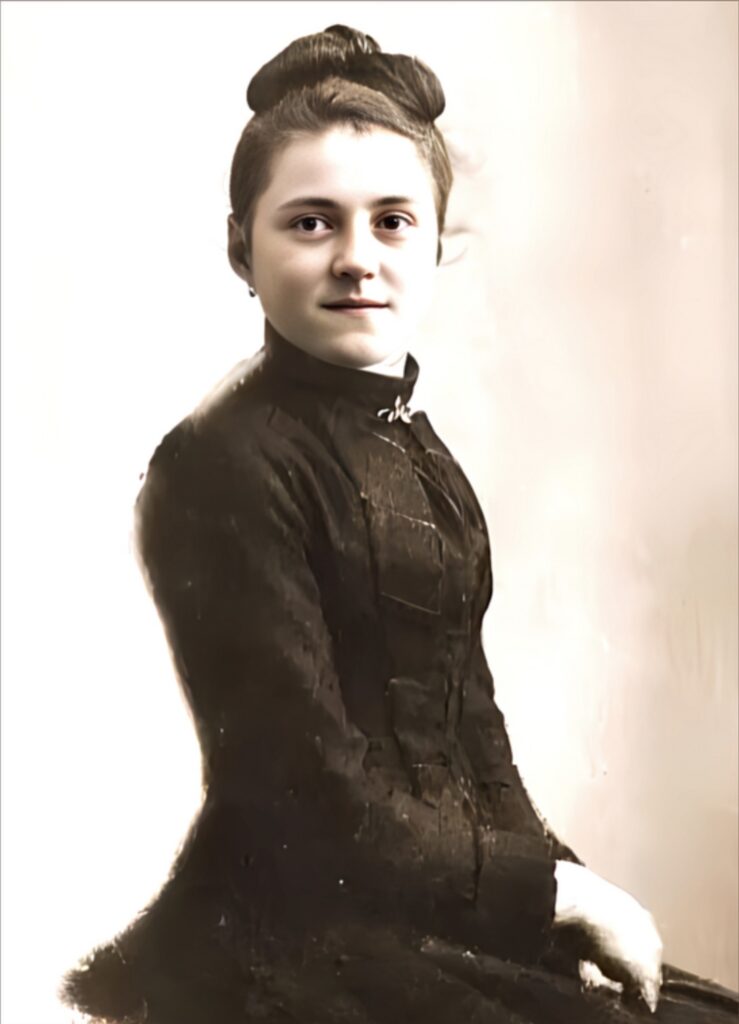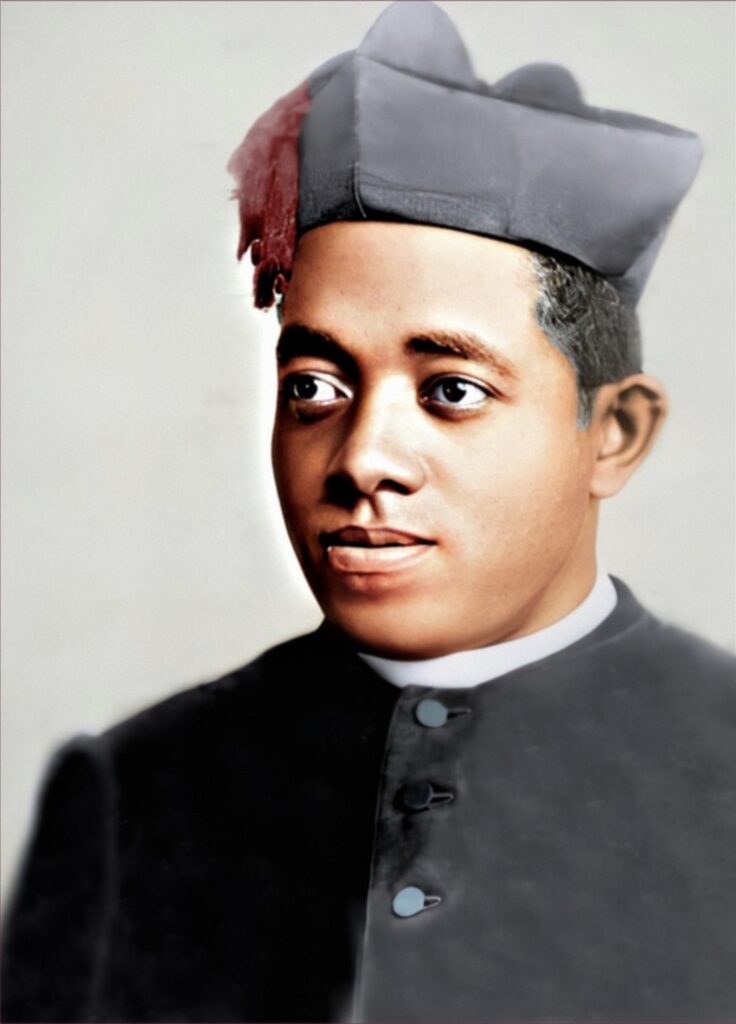
Walk Through the Hall of Saints: Journey into Holiness
Take a step into the Hall of Saints and be inspired by the extraordinary lives of men and women whose faith and dedication to God have left an indelible mark on the Church. Each of these individuals is at a different stage in the canonization process, a journey that acknowledges their heroic virtue and deep holiness. The process of canonization in the Catholic Church involves four key stages:
- Saint
At the final stage of canonization, a person is officially declared a Saint after two miracles are attributed to their intercession. These miracles must be rigorously investigated and proven to be inexplicable by natural causes. Once the miracles are verified, the Pope decrees their canonization, and they are publicly recognized as a Saint by the Catholic Church. - Servant of God
The first step in the canonization process begins after a five-year waiting period following the person’s death. This period allows for objectivity and ensures that the individual’s life and reputation for holiness have withstood the test of time. The Pope can, however, waive this waiting period in exceptional cases. After the waiting period, the bishop of the diocese where the person lived initiates the cause for canonization with the approval of the Holy See. - Venerable
Once the cause has been opened, the Church conducts a thorough investigation of the individual’s life, focusing on their virtues and how they lived according to the teachings of the Church. This process includes gathering testimonies from those who knew the person, as well as studying their writings, actions, and any other relevant documentation. If the individual is found to have lived a life of “heroic virtue,” or if they died as a martyr for the faith, the Pope may declare them “Venerable.” This title signifies that they lived a life of exceptional holiness. - Blessed
Before beatification, one miracle must be attributed to the person’s intercession. This miracle, like the ones required for sainthood, must be thoroughly investigated and proven. If the miracle is confirmed, the person is beatified, allowing for limited veneration within specific regions or communities. Beatification is a significant step toward canonization, recognizing the individual’s holiness and the impact of their intercession on the lives of others.
